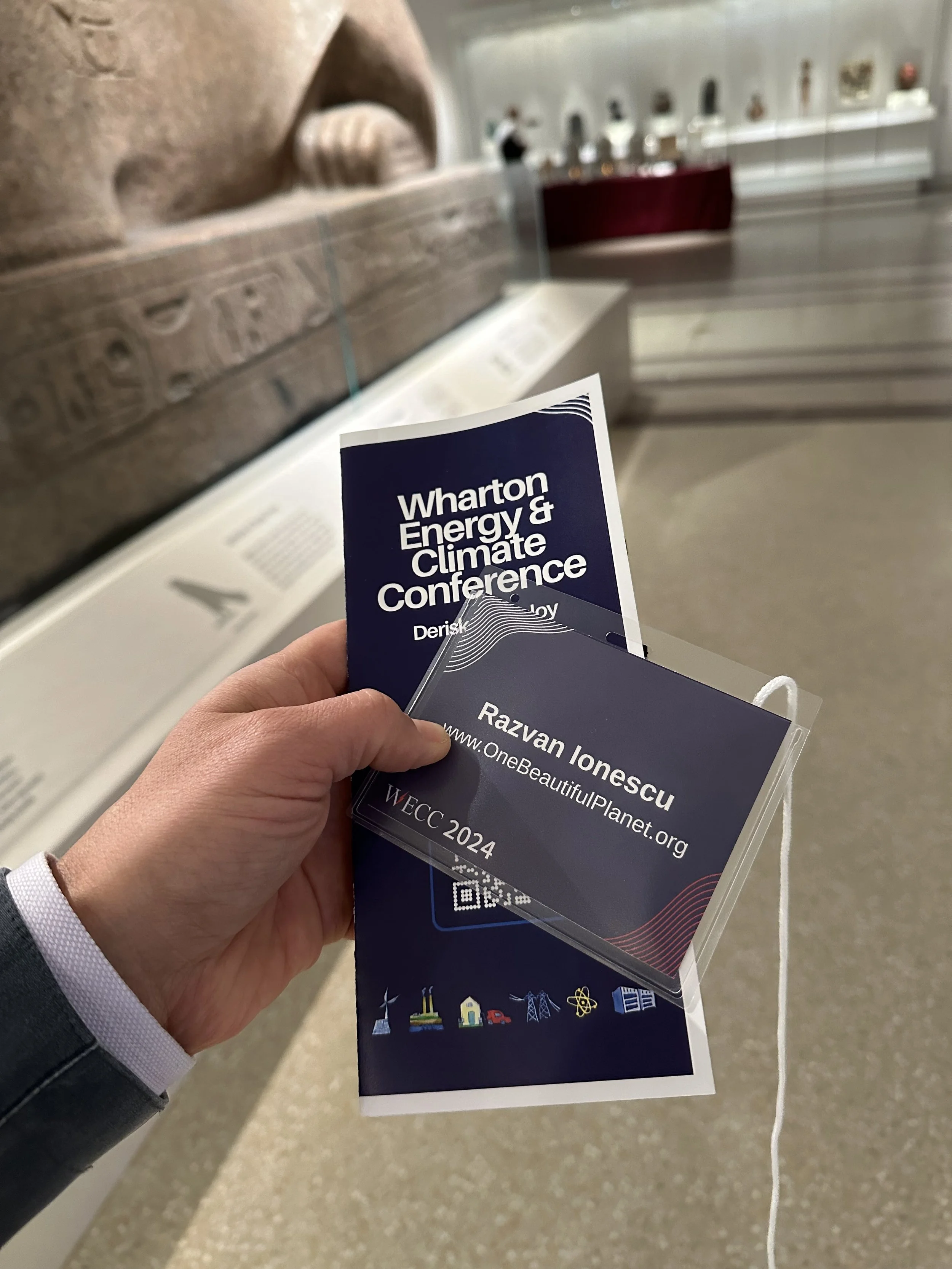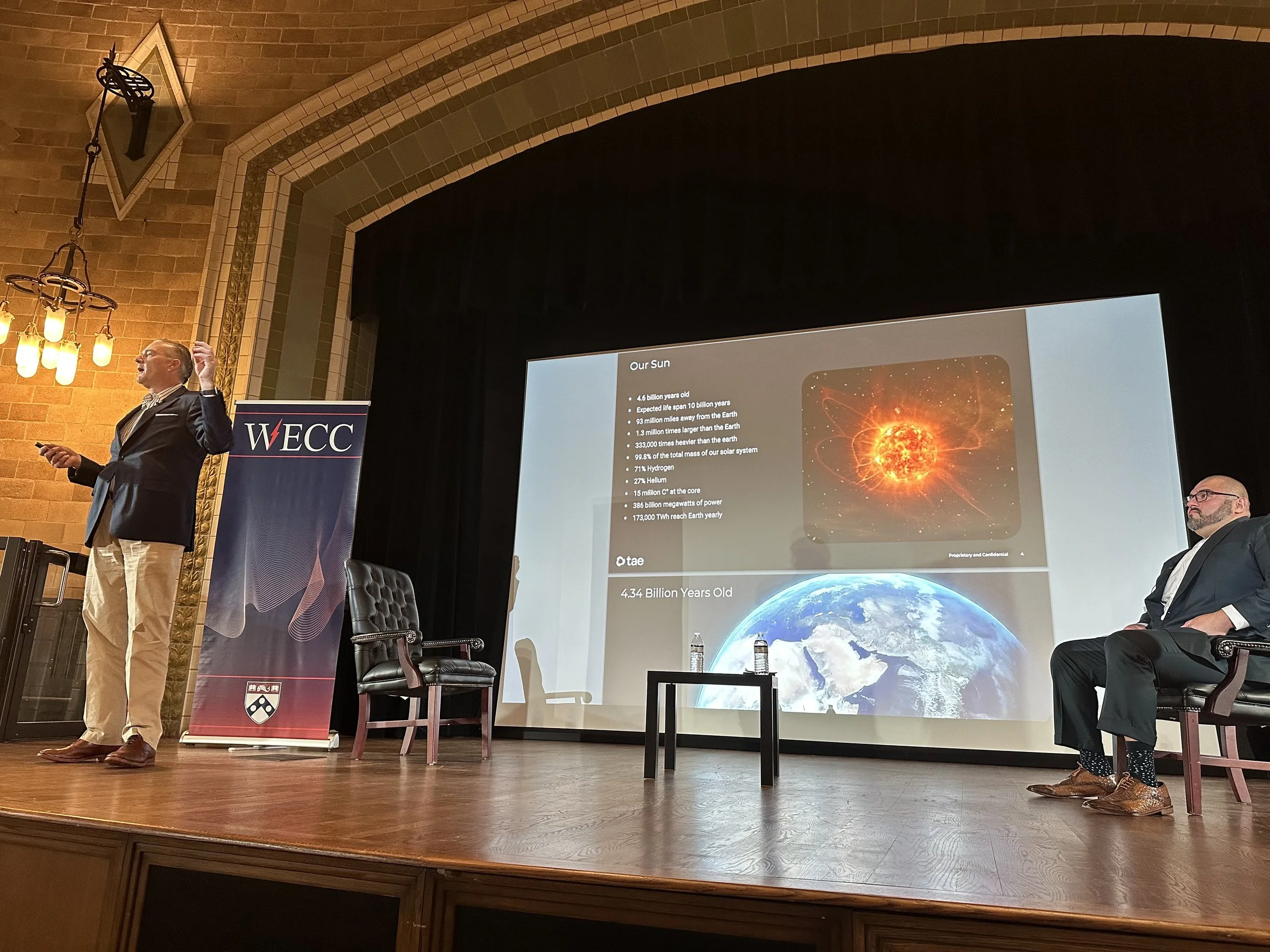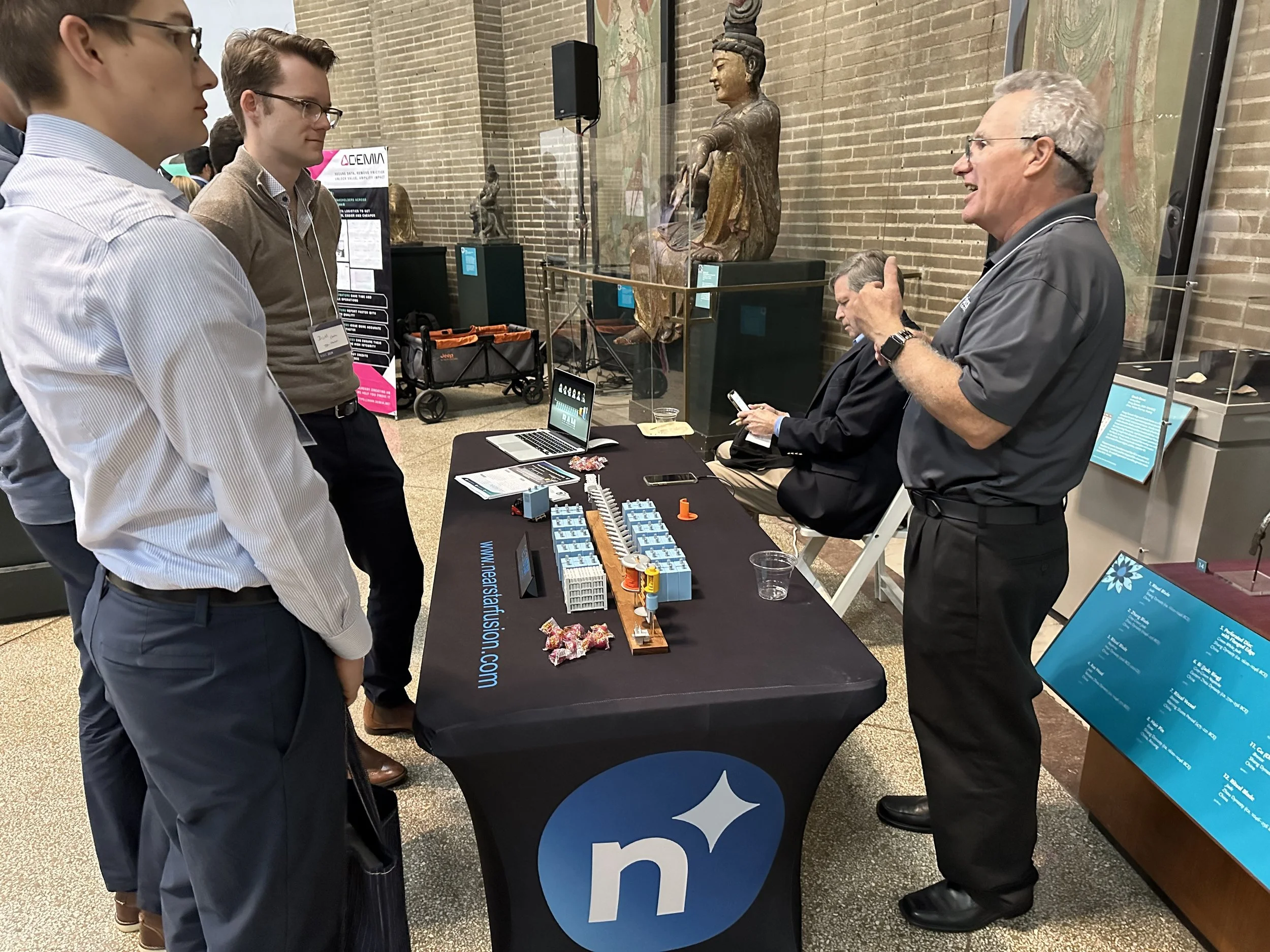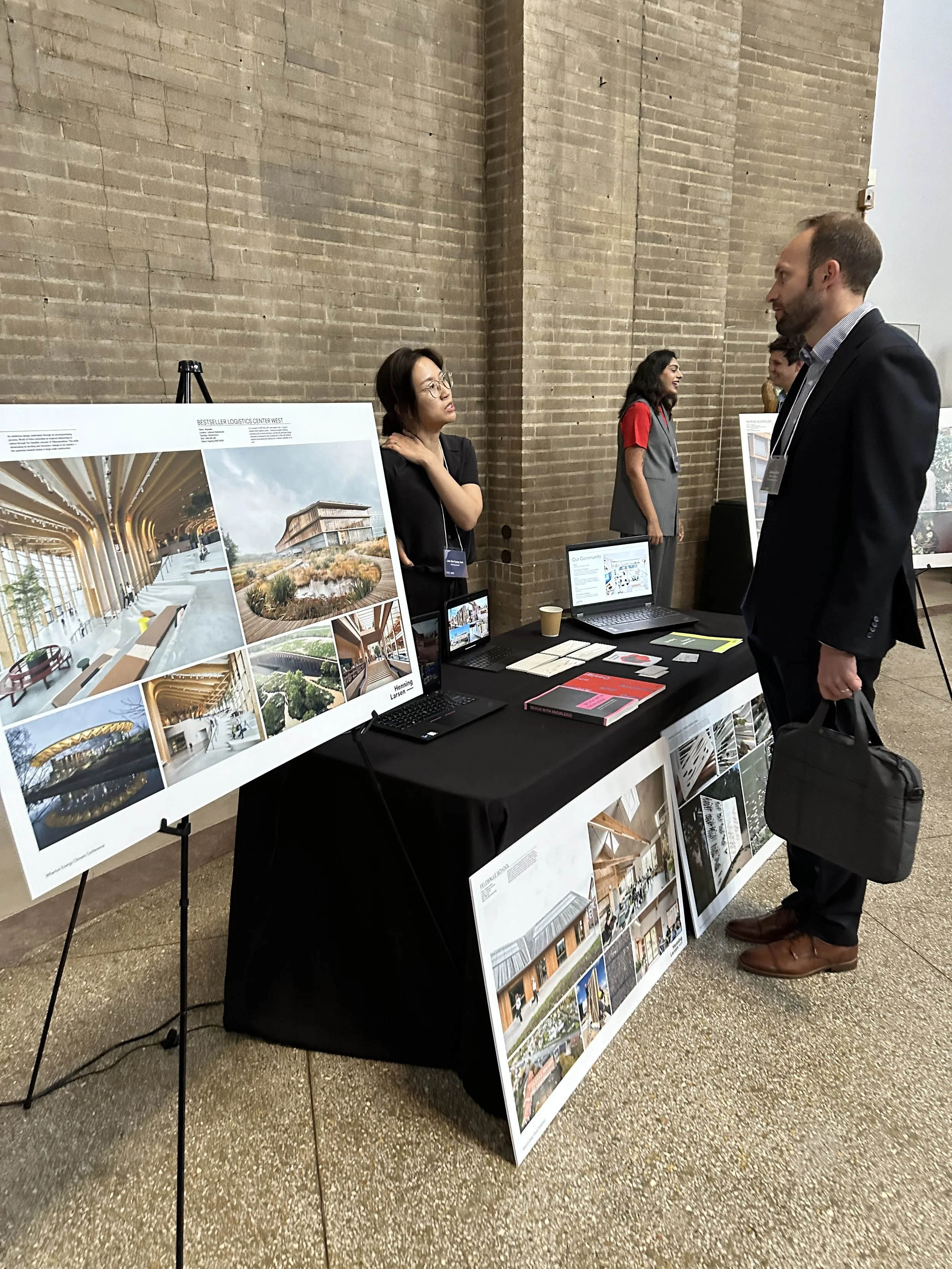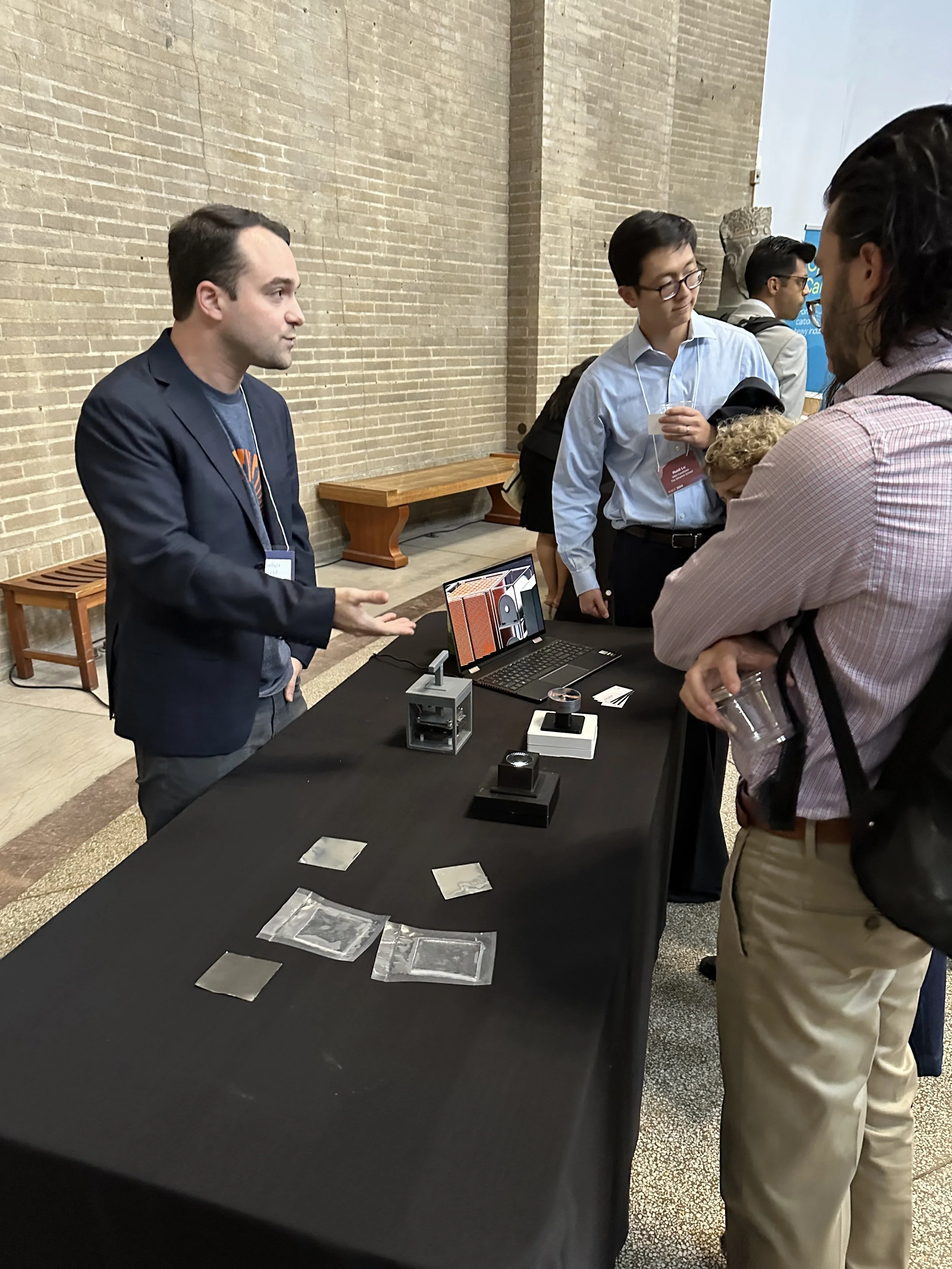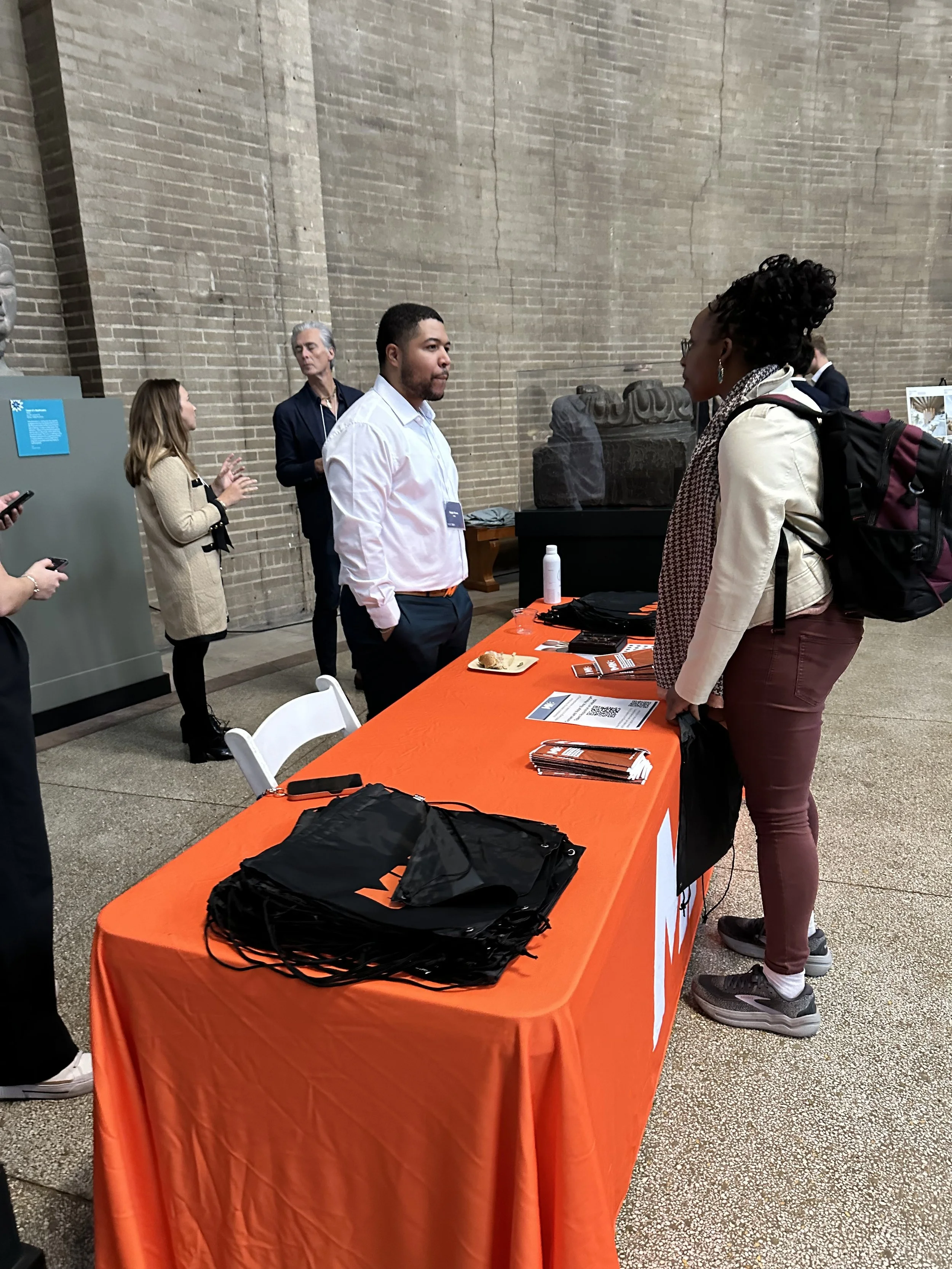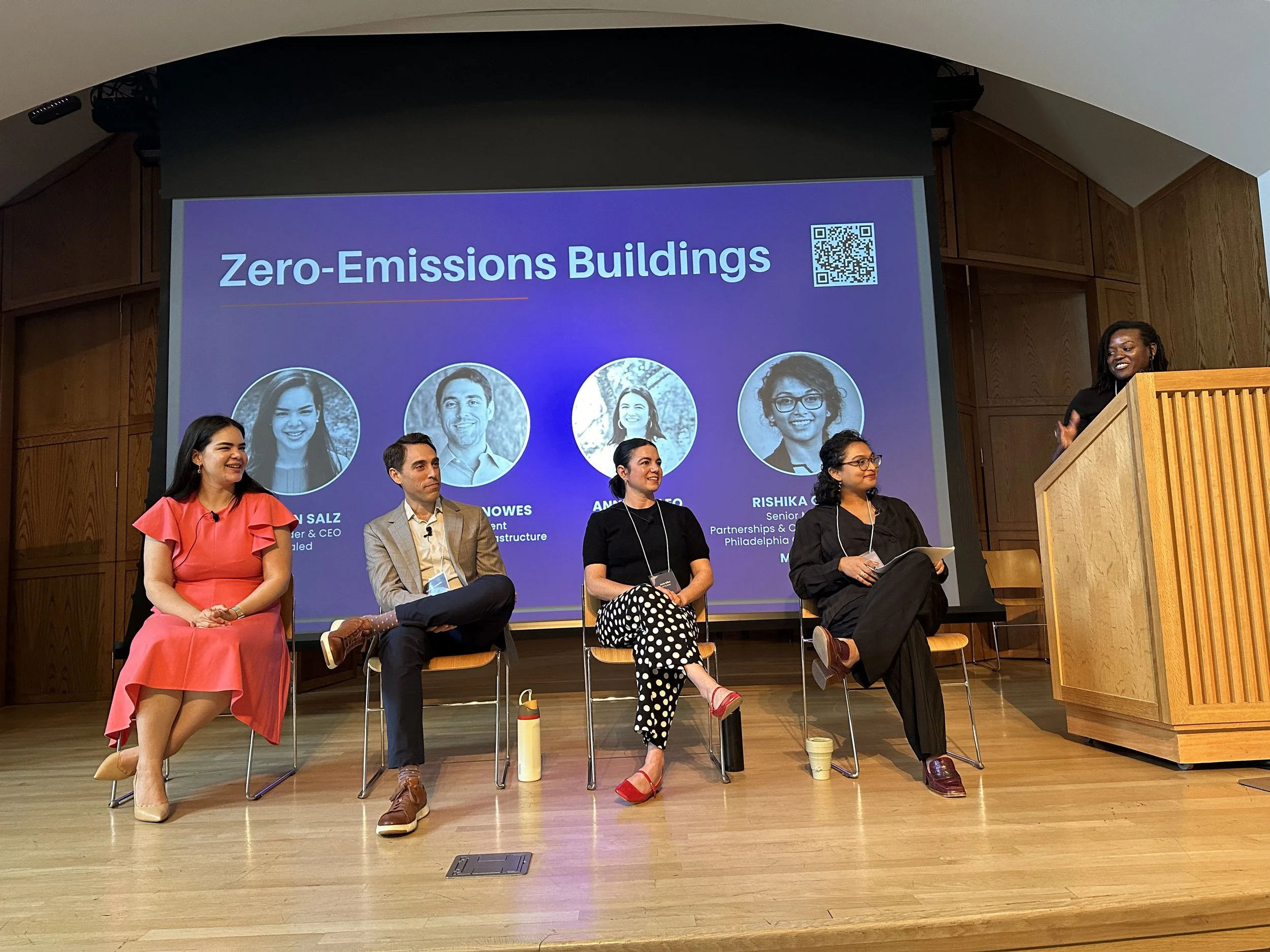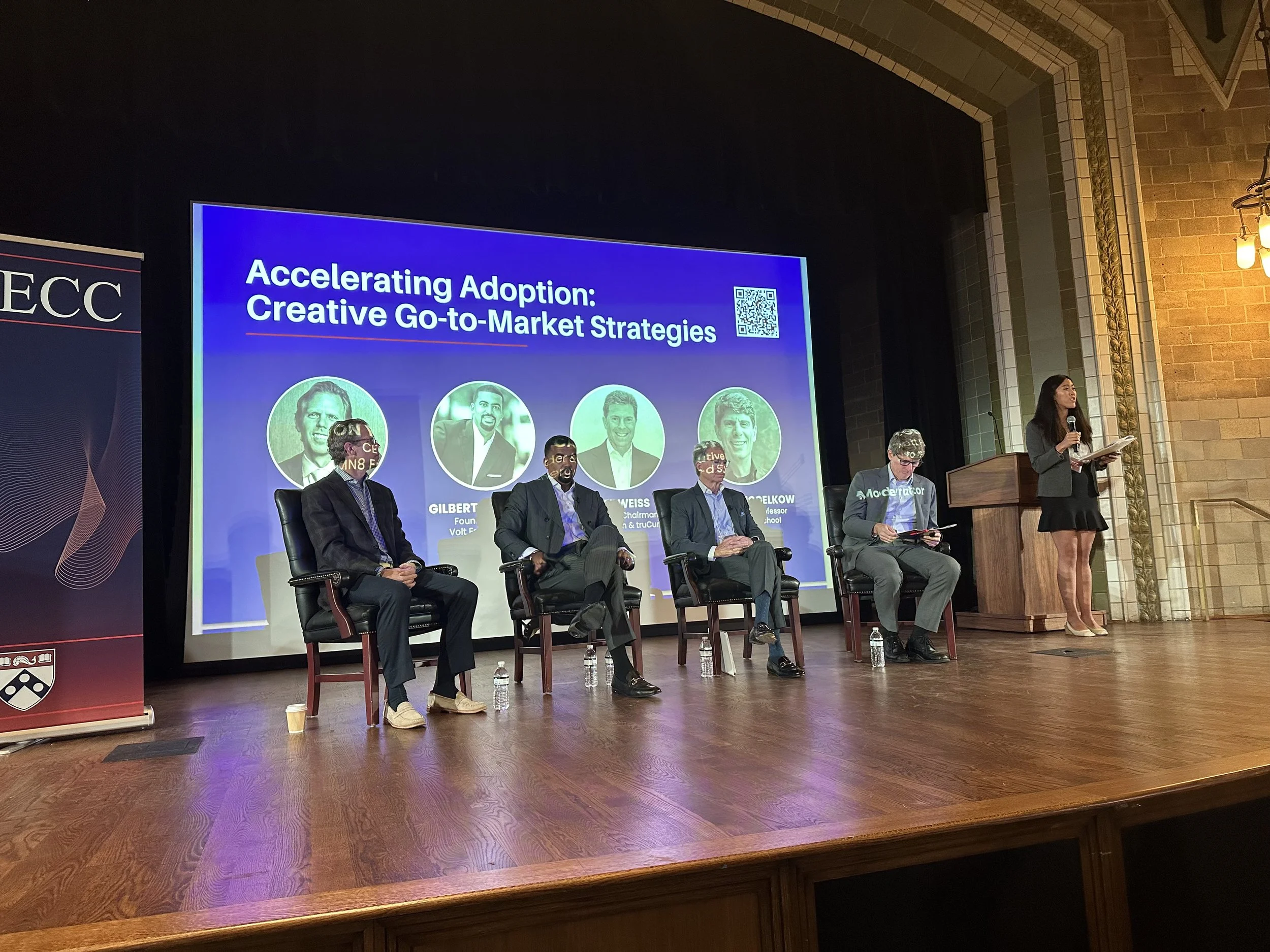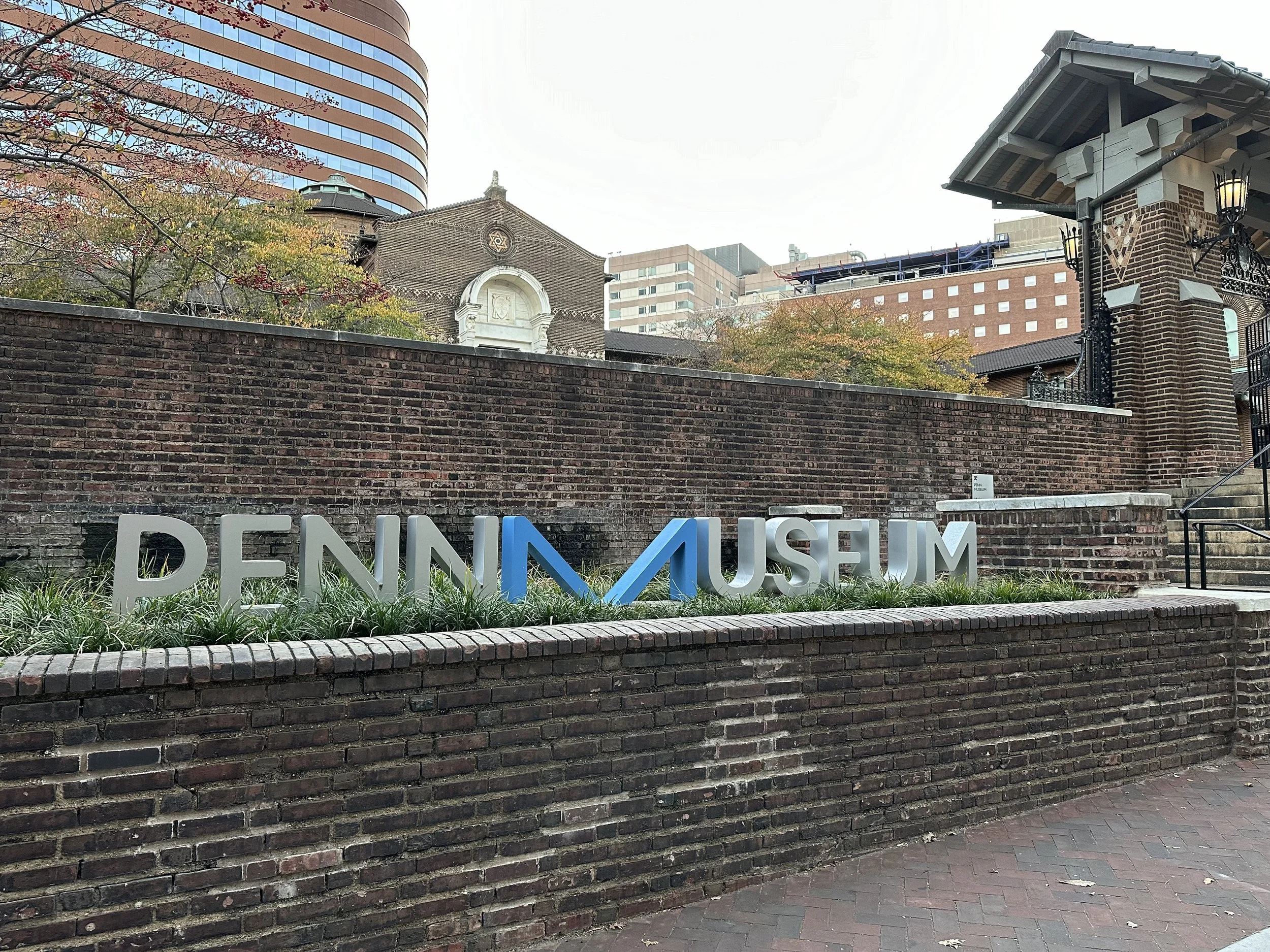Event Notes: The 2024 Wharton Energy and Climate Conference
Introduction
This year was my second time attending the Wharton Energy and Climate Conference, now in its 16th annual edition. Established in 2007, the event is organized by MBA students and advertised as “one of the largest energy conferences in the Northeast, leveraging Wharton’s longstanding focus on energy and finance. Each year, the conference hosts over 300 industry leaders, financiers, entrepreneurs, policymakers, and students. The conference promotes dialogue and creates connections between current and future leaders across the energy landscape.” The venue was the beautiful Penn Museum right near the University of Pennsylvania campus in Philadelphia.
With a theme of “Derisk to Deploy: Unleashing Scale Through Creative Financing, Partnerships, and Business Models”, the premise of this year’s conference was “sharing the evolving best practices and success stories around collaborations, capital stack innovations, and novel go-to-market approaches that are accelerating the equitable deployment of clean energy technologies”.
The agenda was packed with interesting sessions, panels, and speakers. Topics included the decarbonization of buildings, market adoption of proven clean technologies such as wind and solar, and innovative technologies still in the testing phase, such as nuclear fusion. An interesting add-on this year was the innovation exhibit organized during the lunch break, where several energy startups showcased their prototype products. Here are my take-aways:
Nuclear Fusion May Actually Be Here
The conference communicates from the outset a high level of professionalism: it stared with a mind-blowing presentation on nuclear fusion by Jim McNiel of TAE Technologies. Jim laid out the fundamentals of what TAE is working on, which is a star-in-a-jar: releasing nuclear energy by replicating how the Sun is operating, and doing it right here on Earth.
Star-in-a-Jar: Jim McNiel on nuclear fusion
While much of the presentation was quite complicated for a mere banker and amateur environmentalist like me, my main take-away was that after decades of testing and experiments, the promise of delivering energy through nuclear fusion may actually be here. If not within our lifetime, almost certainly in the lifetime of today’s children, humanity will be able to harness the power of clean, limitless energy, that arises from the force of combining (fusing) Hydrogen isotopes. Indeed, in December 2022, scientists at the U.S. National Ignition Facility in Livermore, California, achieved a major breakthrough in nuclear fusion research: energy gain. Energy gain, also known in this context as ignition, means that they were able to create a fusion reaction that released more energy than they put in by their lab's gigantic high-powered lasers.
Below is an excerpt from TAE’s website which addresses what Jim talked about, just to highlight some of the amazing complexity involved:
“The essential requirement for capturing net energy […] is high-quality plasma confinement. TAE Technologies’ proprietary platform is called ”advanced beam-driven Field-Reversed Configuration (FRC), and combines accelerator physics and plasma physics to solve the challenge of confinement, both from a cost and performance perspective.” Since in 1998, they have been “pursuing a fuel cycle based on safe, plentiful hydrogen-boron, also known as proton-boron, p-B11, or p11B. The original name of the company was Tri Alpha Energy, in reference to the three helium particles produced by the hydrogen-boron fusion reaction, which avoids any environmental impact, particulate emissions and radioactivity”. “TAE’s configuration can uniquely accommodate hydrogen-boron, and also operate with other fusion fuel sources such as deuterium-helium-3 (D-He-3) and conventional deuterium-tritium (D-T).“
Innovation Showcase
New this year were the innovation showcases in the main conference hall during the lunch hour. Two of these caught my attention:
Zinc-Air Battery: Prototype of a dry battery demoed by Ryan Goethals, founder of Metal Light. The startup pioneered a battery technology focused on metal such as Zinc and Aluminum. Power generation via electro-chemical reactions enables zero emissions, silent operation, and safe indoor use, unlike traditional motor-driven hydrocarbon generators. Zinc–air batteries are devices that convert chemical energy into electrical energy, and have appeal due to their high energy density, great availability, and low-level pollution. Similar technology has apparently already been commercialized in hearing aids, navigation lights, and railway signals.
Near Star Fusion: This company is developing a simple modular fusion energy power plant that can be deployed and integrated in an existing power grid or new microgrid infrastructure. The technology involves repetitively shooting ~50-gram fuel capsules containing deuterium gas extremely fast (10 km/second !) into a waterfall of molten lead. The fuel capsule produces a rising magnetic field upon impact to prevent heat transfer in the deuterium plasma as the metal capsule rapidly implodes and produces a fusion fireball. While these relatively simple, efficient, and scalable fusion plants have yet to successfully produce net fusion energy gain beyond the input energy, the Near Star Fusion concept sounded extremely appealing.
Ryan Goethals of Metal Light demonstrating his Zinc-air battery
Car Technology and Grid on Wheels
An increasingly discernible paradigm in the EV industry and ecosystem is that an electric vehicle is a moving battery and therefore a large energy source. Indeed, a couple of speakers highlighted that during 80% of the time, an electric vehicle sits idle, usually at the car owner’s home. This leads to new ways to potentially increase connectivity and deploy spare energy, whether back to the home, or to the electric grid. For example, apparently the larger, heavier batteries such as the 200 kWh one installed in the new Chevrolet Silverado can power a house for up to seven days.
This was a big insight, heard elsewhere: change in how people see vehicles and the car infrastructure. The vehicle-to-home, and vehicle-to-building technology are currently being developed and tested. And eventually such bidirectional use cases will prove themselves in the market, enabling individuals to buy devices that enable that connection seamlessly, just like one can reliably and confidently buy gas furnaces at Home Depot currently.
Lots of challenges remain, however, when it comes to consumer trust and adoption. These involve interoperability, high level of complexity, driving standards, and of course costs, which remain high and prohibitive.
Challenges Remain in Energy Transition
Several challenges exist and are likely to remain persistent when it comes to increasing wider adoption of clean, renewable energy sources such as solar and wind across the US:
Inconsistent permitting. Varying rules from state, to county, sometimes down to municipality affect the more rapid deployment of clean energy projects. Local ordinances and zoning rules constrain which clean energy projects can be built, and where they can be sited; restrictions that limit or outright ban projects are prevalent.
Interconnection challenges. As of 2024, total installed electric generating capacity in the United States is approximately 1.25 terrawatts (TWs). By comparison, there are approximately 3 TW of new power plant capacity in the queue, almost all of which are solar, wind, and battery projects. The average time projects spent in queues before being built has increased markedly, completion rates are generally low; wait times are increasing. The typical project built in 2023 took nearly 5 years from the interconnection request to commercial operations, compared to 3 years in 2015 and <2 years in 2008.
Rising cost of capital. As a result of interest rate increases during 2022-2024, and recent Fed interest rate cuts notwithstanding, interest and financing costs are materially higher, thereby raising substantially the cost of new clean energy infrastructure projects.
Workforce development. Skills needed in solar and wind farm deployment require significant training. According to the Solar Futures Study, in order to transition to a fully decarbonized electricity system by 2035, the solar workforce will need to grow from approximately 250k workers in 2021 to between 500k - 1,500k workers by 2035. Securing the necessary trained workforce, in an otherwise already tight job market, is an ongoing, persistent challenge.
Weather patterns. Weather has become much more important to the energy grid than previously, and its influence keeps evolving. Weather used to only affect energy demand, yet now it is also affecting power generation, and how different resources behave throughout the day. Overall, weather as an additional factor requires significantly more modeling capabilities and computing power which add further complexity.
Partnerships are Key
Many of the challenges raised by speakers are not technology-related but policy- and people -related. These tend to be messier, and are a much more nebulous issue to solve. As such, several speakers noted the importance of partnerships. Oftentimes developers and investors approach the execution of projects with a “let’s get things done!” attitude and impetus to complete them quickly. However, when faced with utilities, grid connectivity issues, local and municipal government, everything slows down considerably.
An apt comparison used by one of the speakers was that developers and investors are often like “awkward adolescents” when dealing with municipalities and utilities. They have a lot of energy, but have to learn a level or respect, in order to (and before they can actually) get things done. And the key to making progress is beginning to work together, through creating and working through genuine partnerships.
“Customers Just Want Electrons”
Many folks on various panels highlighted that consumers ultimately “want electrons” and they do not care how they get there, whether it’s from a gas- or coal-fired power plant, solar, or wind. While it makes sense to think customers just want electricity, it’s a bit dangerous in my opinion to articulate that in pure scientific, engineering terms.
In my view customers do not want electrons - and indeed, many people have no idea what those are. People want light, safety, warmth, and an internet connection. All of these require electricity and a steady supply of energy, of course. The “electrons” are a means to that. This to me is like Seth Godin recently said:
“What does the bride want? She doesn’t want a horse and buggy.
She wants to feel the way it makes her feel when she sees the glint in the maid of honor’s eyes. That’s the feeling she wants. She wants to feel safe, she wants to feel high status.
None of these things have changed in 3,000 years. But if you invent a new way to do that, like setting balloons free at the end of the wedding, you haven’t changed what the bride wants.
You’ve just changed how she gets it.”
Therefore, focusing on the ultimate customer experience should really be the key here, and in any conversation involving a significant change to resources and business models.
Concluding Thoughts
Overall, the conference was a good use of time (and of $125 for the ticket), providing lots of lessons, the opportunity to meet and connect with industry professionals and energy market enthusiasts, in an excellent venue. I look forward to next year’s 17th edition. And if you are interested in learning more about how nuclear fusion works, see this video from none other than the folks who achieved the first nuclear fusion breakthrough in December 2022: net energy gain.

